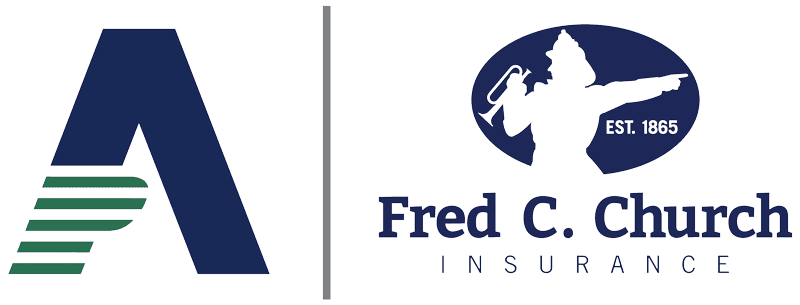September 2022 Employee Benefits Compliance Alert
Release Date: September 6, 2022
Federal Government Allows Employers Who Sponsor Health Plans New Option to Satisfy Internet Posting Requirement under the No Surprises Act/Transparency in Coverage Rules
1. Introduction
As follow-up to our August 10 employee benefit compliance alert which can be found here, the federal government issued additional FAQ guidance on August 19 that clarifies the Machine Readable Files (MRF) internet posting requirement. The guidance was in response to considerable push back from employers that sponsor health plans for its employees. Specifically, at FAQS 11 and 22 (see the following section for pertinent language1), the government recognizes that employers who sponsor health plans should have the reasonable ability to shift the internet posting requirement from the employer’s or the health plan’s website (assuming it has one) to the website of its health insurance company or, if the health plan is self-funded, to the plan’s third party administrator. Similarly, an employer or group health plan that lacks its own website need not create one to satisfy the posting requirement if it coordinates with the health insurer to provide the posting of the MRF. A written agreement, typically in the form of the health insurance company’s promise to satisfy federal disclosure requirements in general, will accomplish the task.
2. FAQS 11 and 22
Q11: May a group health plan that does not have its own website satisfy the disclosure requirements….with respect to posting the required information on a public website of the plan, if the plan’s service provider posts the required information on its public website on behalf of the group health plan?
Yes. If a group health plan does not have a website, the plan may satisfy the requirements to post on its public website the information… by entering into a written agreement under which a plan’s health insurance issuer or third-party administrator (TPA), as applicable, posts the information on its public website where information is normally made available to participants, beneficiaries, and enrollees, on the plan’s behalf. To the extent a health insurance issuer or TPA posts the required information on its public website on behalf of a plan, the plan satisfies the requirements with respect to posting the information on the plan’s public website if the health insurance issuer or TPA makes the information available in the required manner…. The Departments note this guidance applies in instances in which the plan sponsor (for example, an employer) may maintain a public website, but the group health plan sponsored by the employer does not….
Q22: May a group health plan that does not have its own website satisfy the requirements… with respect to posting the machine-readable files on a public website, if the plan’s service provider posts the machine-readable files on its public website on behalf of the group health plan?
Yes. If a group health plan does not have its own public website, nothing… requires the plan to create its own website for the purposes of providing a link to a location where the machine-readable files are publicly available. The Departments note this guidance applies in instances in which the plan sponsor (for example, the employer) maintains a public website, but the group health plan sponsored by the employer does not. Instead, a plan may satisfy the requirements …by entering into a written agreement under which a service provider (such as a TPA) posts the machine-readable files on its public website on behalf of the plan. To the extent a service provider posts the required information on its public website on behalf of a plan, the plan satisfies the requirements with respect to posting the information on a public website if the service provider makes the information available in the required manner, regardless of whether the group health plan has a public website. In the case of aggregated Allowed Amounts files, however, the plan must post a link to the file hosted by the service provider on the plan’s own website, if the plan maintains a public website, per the requirements….
Notwithstanding the preceding paragraph, if a plan enters into an agreement under which a service provider agrees to post the machine-readable files on its public website on behalf of the plan, and the service provider fails to do so, the plan violates the disclosure requirements…
Additional Resources:
- DOL.gov – FAQs About Affordable Care Act and Consolidated Appropriations Act, 2021 Implementation Part 55
Questions?
Feel free to contact FCC’s Senior Counsel/Vice President of Compliance, George Thompson, with any questions about this alert or about employee benefit compliance in general: gthompson@fredcchurch.com.
Release Date: September 8, 2022
Rebate Season Is Upon Us
Medical Loss Ratio Rebate: Issuance of Medical Loss Ratio Rebate Checks in the Small Group Market
We have been informed that health insurers (e.g., Blue Cross Blue Shield, Tufts, Harvard Pilgrim) could be issuing Medical Loss Ratio (MLR) rebate checks to small group plan sponsors/employers in the near future. Some of your employees may receive correspondence directly from insurers, advising them of a coming rebate or MLR check. What follows is a general overview of the topic.
1. What is an MLR check?
The Affordable Care Act (ACA) requires health insurers to submit data to the federal government on the proportion of premium revenues they spend on clinical services and quality improvement. This proportion of premium to expenses is also known as the Medical Loss Ratio (MLR). The ACA requires health insurers in the individual and small group markets to spend at least 80% of their premium income on health care claims and quality improvement efforts, leaving the remaining 20% for administration, marketing expenses, and profit. The MLR threshold is higher for large insurers, which must spend at least 85% of their premium income on health care claims. If the health insurer fails to meet the applicable MLR standard in any given year, the company is required to provide a rebate to its customers.
It is possible that compared to past years, any current MLR checks will be smaller, given the past avoidance of health care services and fewer claims during 2020–2021, when the COVID-19 pandemic peaked. Finally, the MLR rebate regulation does not apply to self-funded plans that are administered by health insurers or third-party administrators (TPAs).
2. What should an employer do with an MLR check?
When an employer receives an MLR rebate check, generally the employer must determine how much of the MLR check consists of employer contributions (which it can use for any purpose) and how much consists of employee contributions which must be refunded to individual plan participants, unless the amount is de minimis (meaning the cost of the time and expense to refund the money to individual participants exceeds the value of the refund itself). In that case, the employer can apply the money to the benefit of all plan participants in a reasonable manner, i.e., reduce health premiums for a paycheck period. For example, if an MLR rebate check is $4,000, and the employer contributed 70% of the premium, the employer would retain $2,800 (which it could use for any purpose), leaving $1,200 as a potential refund to plan participants for the refund year in question. If there were only 20 employees on the health plan, that would amount to a per-participant refund of $60. There is no bright-line test for what dollar amount triggers de minimis status, but generally, if the number of eligible participants and the resulting refund are in the single digits ($1 to $9), the stronger the argument that the amount is de minimis, since the cost of time and expense to the employer would likely exceed the value of the refund.
3. What about employees no longer enrolled in the plan?
The MLR rebate is a retrospective refund for past claim performance that would be owed to employees, or former employees, enrolled in the employer’s health plan for the year represented by the refund. The employer will have to make a good-faith effort to find former employees who might be entitled to a refund.
4. Taxability of refunds to employees
The money that is refunded is generally taxable if it is given directly to employees by the employer.
Example:
ACME Inc. determines that each health insurance participant is entitled to a $50 refund check. Each check given to each employee will be considered taxable income for the year it is provided to the employee.
However, if the rebate is used to reduce employee health insurance premium contributions, it will not be taxable.
Example:
ACME Inc. determines that each health insurance participant is entitled to a $50 refund. Rather than issuing checks to the employees, ACME decides to increase its employer premium contribution and reduce each employee’s premium contribution by $50 during a pay period.
5. See Taxation Guidance from the IRS regarding MLR rebates:
Please see the following IRS link for more guidance on taxability and examples: https://www.irs.gov/newsroom/medical-loss-ratio-mlr-faqs.
Fall 2022 Massachusetts Ballot Question 2: Dental Insurance Rebates Starting in 2024?
Question 2, which will appear on the November 8, 2022 Massachusetts ballot, would require dental insurers to submit to the Massachusetts Insurance Commissioner current and projected medical loss ratio data for dental plans. Question 2 would establish the medical loss ratio for dental plans at 83% and require the insurer to refund the excess premium to its covered individuals and covered groups. The measure would authorize the Insurance Commissioner to waive or adjust refunds if issuing refunds would result in financial impairment for dental insurers.
Dental insurers would be required to submit information about current and projected medical loss ratios, administrative expenses, and other financial information, as well as an annual comprehensive financial statement, to the Division of Insurance by April 1 each year. The law would also require the submitted data to be made public.
Insurers would also be required to file group product base rates and any changes to group rating factors that will take effect in the next calendar year in July of the preceding year. The commissioner would be authorized to approve or disapprove of any product rates. If a rate is disapproved, the proposed rate increase would be subject to a public hearing and a final written decision would need to be issued within 30 days after the hearing.
The proposed law would not apply to dental insurance plans issued to a self-insured group or where the carrier is a third-party administrator.
The law would apply to all dental insurance plans issued, effective, delivered, or renewed on or after January 1, 2024.
Fred C. Church takes no position on whether Question 2 should or should not be supported.
Release Date: September 15, 2022
New Health Plan Prescription Drug Reporting Mandate: First Report Is Due December 27, 2022
1. What is the mandate?
The 2021 Consolidated Appropriations Act (CAA), signed by President Trump on December 27, 2020, among other things, requires self-funded group health plans2 and fully insured health plans to report specific data about prescription drug pricing (including prescription drug rebates) and health care spending to the federal government, starting December 27, 2022. The primary responsibility for the reporting will fall on health insurance companies that sell fully insured health coverage to employers in the group marketplace. Employers who sponsor self-funded health plans must, however, make sure their self-funded third-party administrators (TPAs) are timely reporting the required data.
2. Why is there a prescription drug reporting mandate?
It is a product of the No Surprises Act, which is part of the CAA discussed above. The federal government (the departments of Labor, Treasury, and Health and Human Services specifically) will review the prescription drug and health coverage data to prepare a biannual publicly available report on prescription drug prices. It is hoped that the report will (a) promote prescription drug pricing transparency and (b) promote competition that can combat the high cost of prescription drugs.
3. What type of employers (who sponsor health insurance for their employees) must comply?
Employers of any size, who sponsor group health plans with prescription drug coverage. The term “group health plan” includes both insured and self-funded group health plans, and includes private employment-based group health plans subject to ERISA, non-federal governmental plans (such as plans sponsored by states and local governments), and church plans. Employers should appreciate, as discussed at #4 below, that the actual reporting can be accomplished by the health insurance company.
4. Can a health insurance company, a pharmacy benefit manager (PBM), or a self-funded health plan TPA report the prescription drug pricing data for the employer/health plan sponsor?
Yes. Employers who sponsor a health plan can require that their health insurance companies who sell them fully insured health coverage, as well as TPAs that administer self-funded health plans and Pharmacy Benefit Managers (PBMs), make the data submission on behalf of their health plans. The request can be manifested in a written agreement. The regulations also allow the prescription pricing data to be submitted by a “reporting entity,” which is an entity, allowed by the rules, other than or in addition to a self-funded health plan or a fully insured health plan.
5. What type of data will have to be reported?
General plan information, such as the beginning and end dates of the plan year, the number of participants, beneficiaries, or enrollees, as applicable, and each state in which the plan or coverage is offered.
Plans and insurers must also report the 50 most frequently dispensed brand prescription drugs and the total number of paid claims for each such drug; the 50 most costly prescription drugs by total annual spending and the annual amount spent by the plan or coverage for each such drug; and the 50 prescription drugs with the greatest increase in plan or coverage expenditures from the plan year preceding the plan year that is the subject of the report and, for each such drug, the change in amounts expended by the plan or coverage in each such plan year (top 50 lists).
Additionally, plans and insurers must report total spending on health care services by the plan or coverage, broken down by the type of costs (including hospital costs; health care provider and clinical service costs, for primary care and specialty care separately; costs for prescription drugs; and other medical costs, including wellness services); spending on prescription drugs by the plan or coverage as well as by participants, beneficiaries, and enrollees, as applicable; and the average monthly premiums paid by participants, beneficiaries, and enrollees and paid by employers on behalf of participants, beneficiaries, and enrollees, as applicable.
Plans and insurers must report any impact on premiums by rebates, fees, and any other remuneration paid by drug manufacturers to the plan or coverage or its administrators or service providers, including the amount paid with respect to each therapeutic class of drugs and for each of the 25 drugs that yielded the highest amounts of rebates and other remuneration under the plan or coverage from drug manufacturers during the plan year (top 25 list). Finally, plans and insurers must report any reduction in premiums and out-of-pocket costs associated with these rebates, fees, or other remuneration.
6. When does the mandate take effect and what is its frequency?
December 27, 2022, is the date for submission of 2020 and 2021 data.3 Thereafter, the data must be submitted every June 1. The data will be formatted on a “reference year” or calendar year basis. For example, June 1, 2023, will be the deadline for submitting 2022 data; June 1, 2024, will be the deadline for submitting 2023 data
7. How will the prescription drug coverage and health insurance data be reported to the federal government?
Reporting entities will utilize The Center for Medicare & Medicaid Services (CMS) website, which has a Health Insurance Oversight System (HIOS) that features a RxDC module that will allow for the importing of data.
Resources:
Release Date: September 23, 2022
October 15, 2022: Medicare Part D Creditable/Non-Creditable Coverage Notice Employee Distribution Deadline Is Approaching
What is it?
The federal government requires that every year an employer advise their Medicare eligible employees enrolled in their employer sponsored prescription drug coverage, no later than October 15th, whether the prescription drug coverage they receive through their employer is at least as good (“Creditable”) or is not as good (“Non-Creditable”) as the prescription drug coverage under a Medicare Part D plan. The disclosure serves to educate an employee, COBRA participant or a retiree who is simply eligible to enroll in Medicare Part D about whether to enroll in a Part D plan or stay on the employer’s plan.
Who has to comply?
All employers, regardless of size, who sponsor group health plans that provide prescription drug coverage and who have Medicare eligible individuals enrolled, or who are eligible to enroll, in their prescription drug coverage. Note that prescription drug coverage could be embedded in a group health plan or exist on a stand- alone basis apart from the group health plan.
How Does an Employer Know If Their Prescription Drug Coverage is Creditable?
Your health insurance company or broker can confirm whether your prescription drug coverage is creditable or non creditable. A majority of health plans offer creditable prescription drug coverage.
Who should be notified?
The law only requires notification to those employees who are Medicare eligible and who are enrolled in the employer’s prescription drug coverage. We recommend, however, notifying all employees enrolled in prescription drug coverage, including COBRA participants and retirees if you have a retiree prescription drug coverage option, and not just those who are 65 or approaching 65 and are Medicare eligible. For example, an employer could have a 30-year-old employee who has enrolled his family in the employer’s prescription drug coverage. Unbeknownst to the employer, that employee may have a disabled child on social security who is Medicare eligible or is receiving Medicare.
When Should Employees Be Notified?
No later than October 15th which coincides with the start of Medicare open enrollment season which concludes on December 7th. The requirement is an annual requirement, however, that can happen earlier in the plan year than October 15th. Employers should also provide the notice to new hires if they are eligible to enroll in health insurance that provides prescription drug coverage.
How Should Employees Be Notified?
The Notice can be included in a hard copy distribution of plan documents to employees (such as open enrollment materials or a packet of annual notices) if it is prominently featured at the top of the package; it can be provided electronically pursuant to ERISA’s disclosure rules; it can be mailed home as well.
Does the employer have to complete any portion of the Model Notice?
Yes. If your prescription drug plan is creditable, you only have to complete the required sections of the Model Creditable Disclosure Notice. See Model Notices below.
Resources/Links to Copies of the Notice:
1 We have removed confusing regulatory/statutory citations in this alert in order to better focus the reader on the primary compliance guidance.
2 The reporting mandate also applies to individual health coverage sold by health insurers.
3 The original data submission deadline was December 27, 2021, but the government announced that it would not enforce compliance given the numerous technical obstacles that needed to be overcome to allow for the organization and submission of data. Consequently, compliance enforcement was pushed out to December 27, 2022.
Note: This alert constitutes compliance advice from the Fred C. Church Agency as your employee benefits broker and does not establish an attorney-client relationship with the recipient, who is free to consult with legal or tax counsel of their own choosing.



